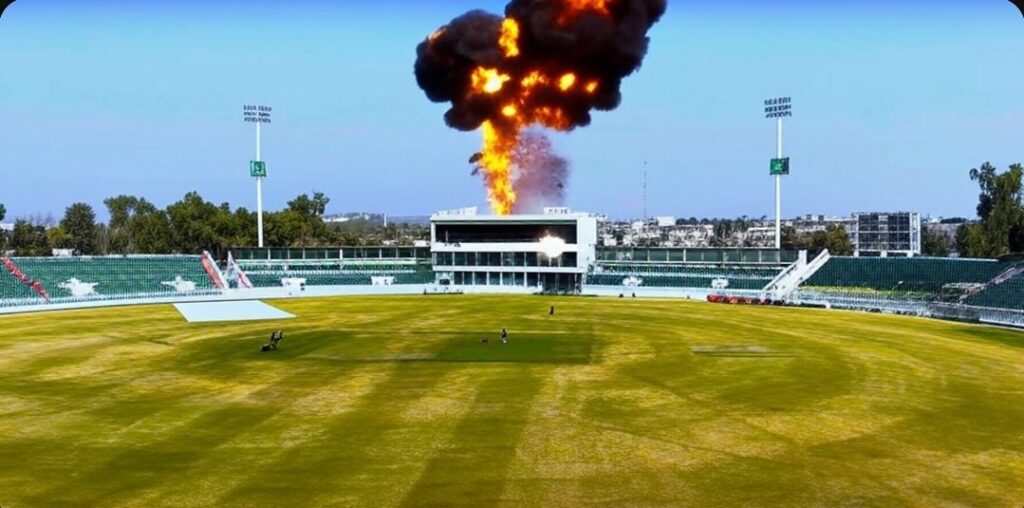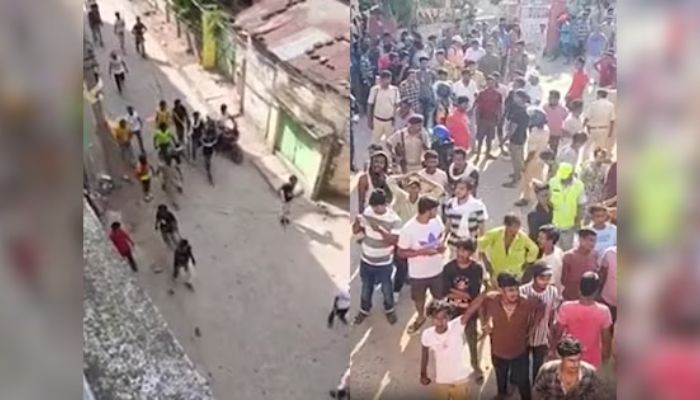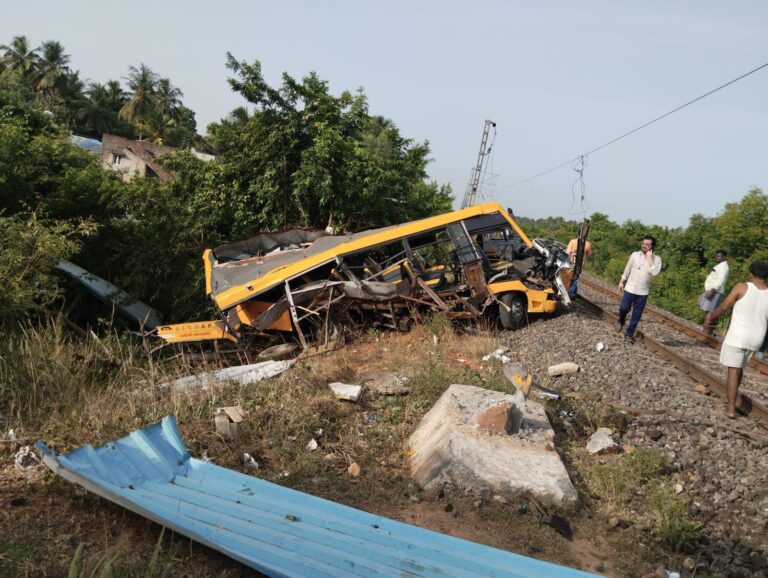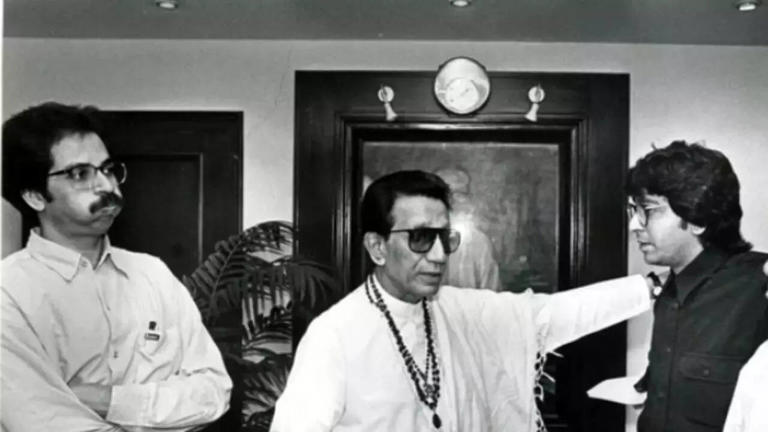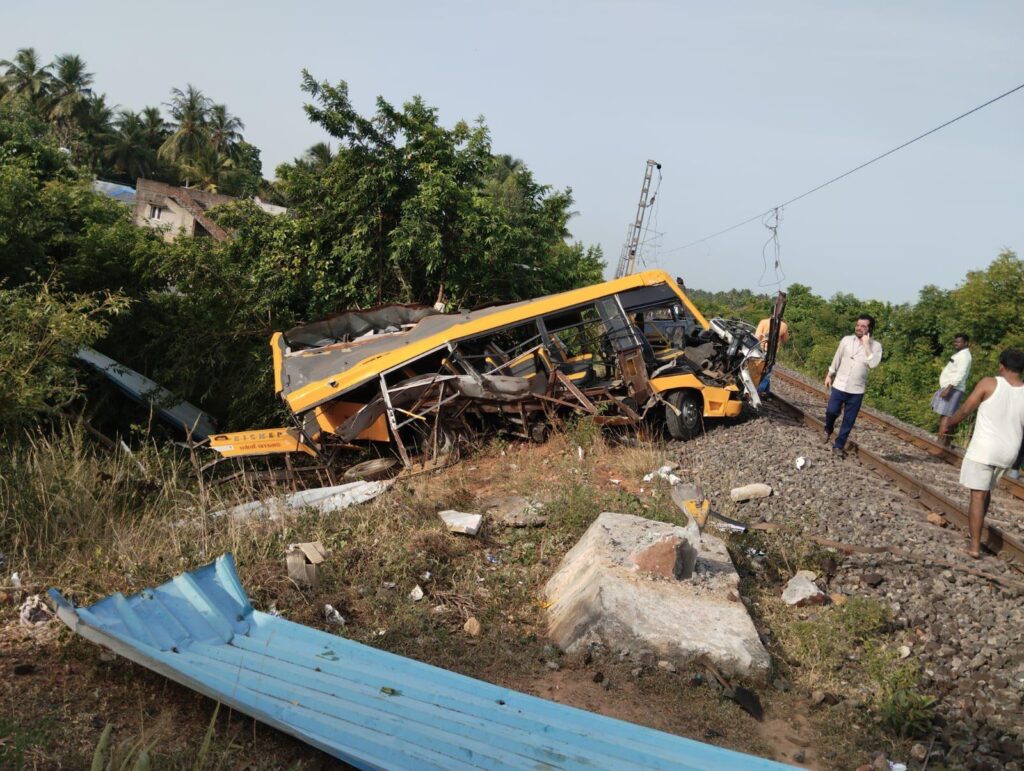Unpacking the Causes, Impact, and Aftermath of the Drone Attacks in Pakistan’s Lahore, Karachi, and Rawalpindi
On May 8, 2025, multiple explosions rocked the Pakistani cities of Lahore, Karachi, and Rawalpindi, causing widespread panic and destruction. Videos circulating online showed the extent of the damage, including a house with a broken roof and debris scattered around, as well as people gathering in the streets. This article explains the events, their causes, and the broader implications in simple and formal language.
What Happened in Lahore, Karachi, and Rawalpindi?
The crisis began when loud explosions were reported across nine Pakistani cities, including Lahore, Karachi, and Rawalpindi, on May 8, 2025. The Pakistani Army claimed that 12 Heron drones, allegedly sent by India, targeted these locations. According to Pakistan’s military spokesperson, Ahmed Sharif Chaudhry, the drones struck multiple sites, including a military target near Lahore, injuring four soldiers. In Karachi, an explosion was reported in the Sharafi Goth area, while in Rawalpindi, a drone was downed near the army’s headquarters.
Drone attack in Rawalpindi pic.twitter.com/Kp8lcvWFHE
— The_anonymous_wave (@anonymouswave1) May 8, 2025
Videos online showed the aftermath, with damaged buildings and debris, confirming the severity of the attacks. The Pakistani Air Defence units, particularly the HQ-9 missile launchers, also suffered heavy damage. Residents were advised to stay indoors, and security forces cordoned off the affected areas for investigation.
Why Did These Blasts Occur?
The explosions are linked to escalating tensions between India and Pakistan, two nuclear-armed neighbors. On May 7, 2025, India conducted “Operation Sindoor,” a military operation targeting nine terror camps in Pakistan and Pakistan-occupied Kashmir (PoK). This was in retaliation for a terror attack in Pahalgam, Jammu and Kashmir, on April 22, 2025, which killed 26 people, mostly Hindu tourists. India claimed the strikes killed over 100 terrorists, targeting groups like Jaish-e-Mohammed and Lashkar-e-Taiba. Pakistan, however, accused India of aggression, claiming the drone attacks on May 8 were a continuation of this conflict. Pakistan’s Defence Minister warned of further retaliation, stating it was “increasingly certain.” The situation was worsened by Pakistan’s claims of Indian involvement in terrorism, a narrative dating back to past incidents like the arrest of Kulbhushan Jadhav in 2016, whom Pakistan accused of espionage. India denied these claims, stating Jadhav was wrongfully detained. This history of distrust fueled the current crisis.
What Are the Impacts and Next Steps?
The blasts caused significant disruption in Pakistan. Airports in Lahore, Karachi, and Rawalpindi were temporarily closed, stranding passengers and affecting flight operations. Lahore’s airspace was shut for 24 hours, and a blackout was ordered in Rawalpindi from 7:00 PM to 5:00 AM to manage the crisis. The attacks also deepened the divide between India and Pakistan, with both nations trading accusations. World powers, including the U.S., Russia, and China, urged calm, fearing escalation in a region already known as a nuclear flashpoint. In Pakistan, groups like the Balochistan Liberation Army and Tehrik-e-Taliban Pakistan reportedly took advantage of the chaos, further destabilizing the region. Moving forward, Pakistan has authorized its military to respond to India “at the time, place, and manner of its choosing,” raising fears of further conflict. Diplomatic efforts are crucial to de-escalate tensions, and both nations must prioritize dialogue to prevent a larger confrontation.


